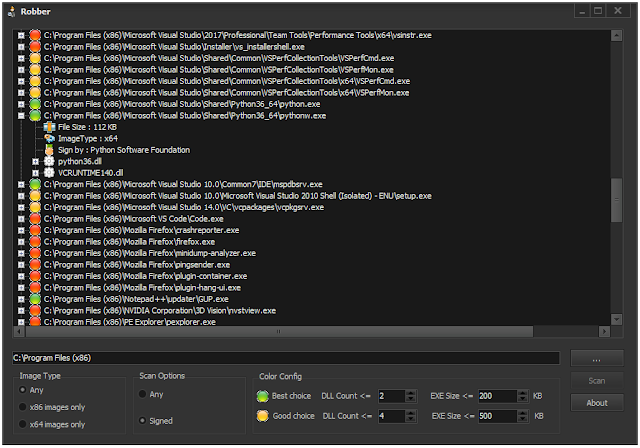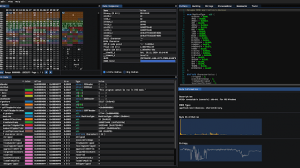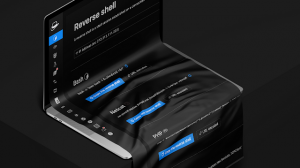A) . <– current working directory of the executable, highest priority, first check
B) Windows
C) Windowssystem32
D) Windowssyswow64 <– lowest priority, last check
and some executable “Foo.exe” requests “bar.dll”, which happens to live in the syswow64 (D) subdir. This gives you the opportunity to place your malicious version in A), B) or C) and it will be loaded into executable.
As stated before, even an absolute full path can’t protect against this, if you can replace the DLL with your own version.
Microsoft Windows protect system pathes like System32 using Windows File Protection mechanism but the best way to protect executable from DLL hijacking in entrprise solutions is :
- Use absolute path instead of relative path
- If you have personal sign, sign your DLL files and check the sign in your application before load DLL into memory. otherwise check the hash of DLL file with original DLL hash)
And of course, this isn’t really limited to Windows either. Any OS which allows for dynamic linking of external libraries is theoretically vulnerable to this.
Robber use simple mechanism to figure out DLLs that prone to hijacking :
- Scan import table of executable and find out DLLs that linked to executable
- Search for DLL files placed inside executable that match with linked DLL (as i said before current working directory of the executable has highest priority)
- If any DLL found, scan the export table of theme
- Compare import table of executable with export table of DLL and if any matching was found, the executable and matched common functions flag as DLL hijack candidate.
Feauters :
- Ability to select scan type (signed/unsigned applications)
- Determine executable signer
- Determine wich referenced DLLs candidate for hijacking
- Determine exported method names of candidate DLLs
- Configure rules to determine which hijacks is best or good choice for use and show theme in different colors
Find out latest Robber executable here





















Add Comment